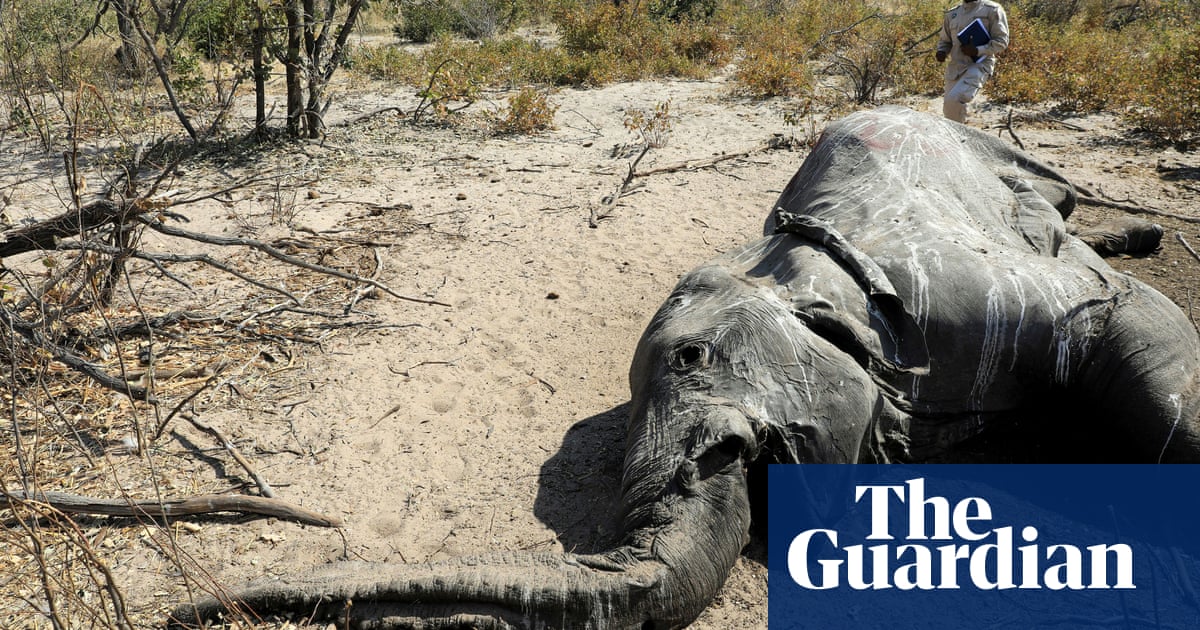Scientists discover why dozens of endangered elephants dropped dead In 2020, 350 elephants mysteriously died in Botswana, with a further 35 dying in similar circumstances in Zimbabwe. Now scientists think they may have found the reason why.
In May and June 2020, the death of 350 elephants in Botswana’s Okavango delta baffled conservationists and sparked global speculation about what had caused it. Elephants of all ages and both sexes were affected, with many walking in circles before dying suddenly, collapsing on their faces. Two months later, 35 more elephants died in north-western Zimbabwe.
At the time, the deaths in Botswana were attributed to an unspecified cyanobacterial toxin, government officials said, and no further details were published.
But tests on the elephants that died in Zimbabwe have finally come back and shown the cause was a little-known bacterium called Pasteurella Bisgaard taxon 45, which resulted in septicaemia, or blood poisoning.
This is the best summary I could come up with:
But tests on the elephants that died in Zimbabwe have finally come back and shown the cause was a little-known bacterium called Pasteurella Bisgaard taxon 45, which resulted in septicaemia, or blood poisoning.
“This represents an important conservation concern for elephants in the largest remaining meta-population of this endangered species,” researchers wrote in the paper.
It was written by an international team of researchers from the Victoria Falls Wildlife Trust, the University of Surrey, laboratories in South Africa and the UK government’s Animal and Plant Health Agency (APHA).
Dr Arnoud van Vliet from the University of Surrey said the infection “adds to the growing list of disease-related threats to elephant conservation”.
Pasteurella bacteria has previously been linked to the sudden death of about 200,000 saiga antelopes in Kazakhstan – an incident that researchers believe could shed light on what happened to the elephant herds.
The paper says the findings of blood poisoning “may represent an ongoing phenomenon in this region”, with previous cases missed due to lack of testing.
The original article contains 603 words, the summary contains 169 words. Saved 72%. I’m a bot and I’m open source!



